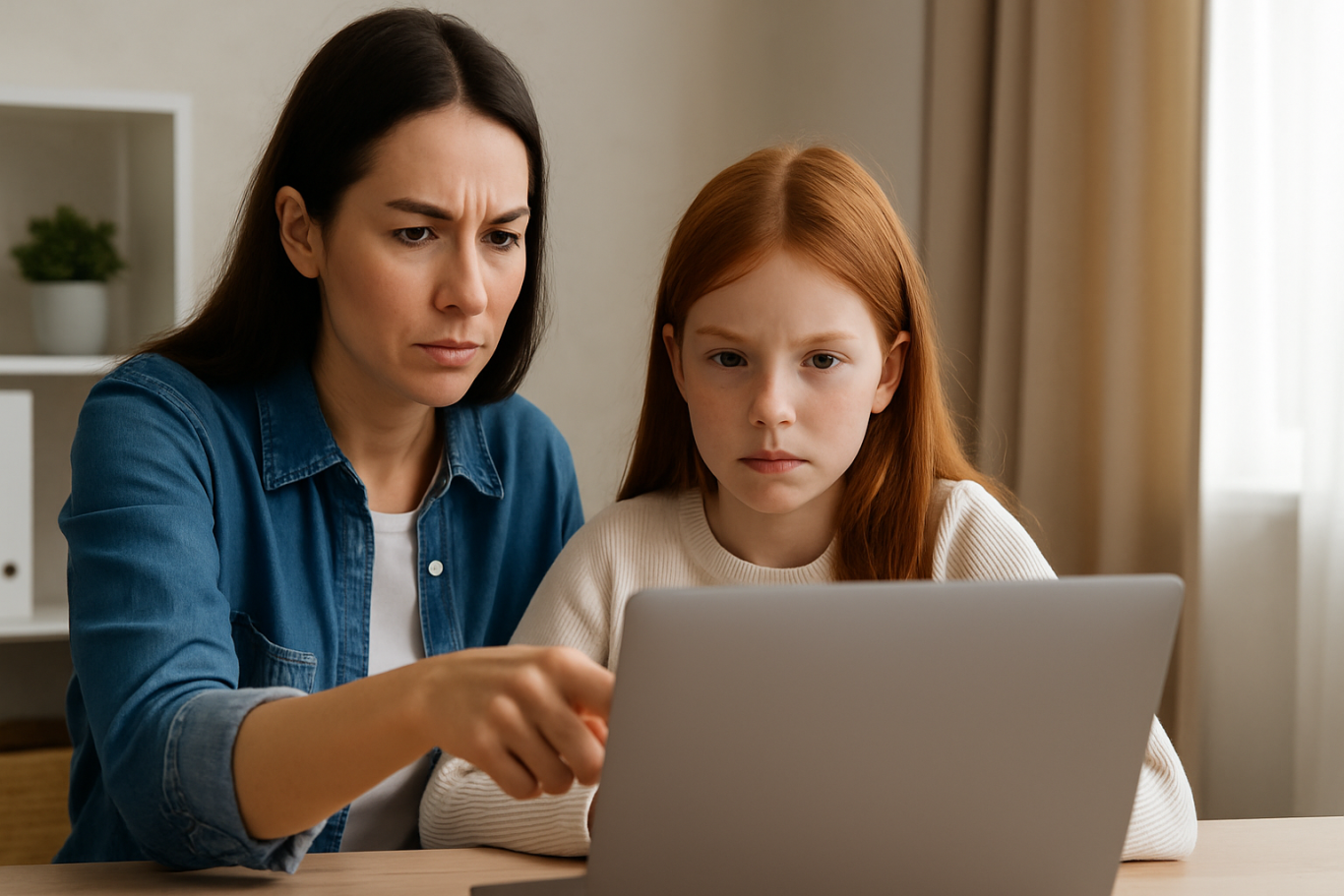Beware of Social Media Platforms Children Should Avoid in 2025
In today’s digital age, social media is part of everyday life — even for children. Many kids have social media accounts before they even reach their teenage years, whether to play games, watch videos, or stay in touch with friends. But not all platforms are safe or appropriate. There are several social media platforms children should avoid due to the high risks they pose to their safety and psychological development.
Why Should Children’s Access to Social Media Be Limited?

Children are still in the process of developing cognitive and emotional maturity. They often don’t fully understand privacy boundaries, long-term consequences of online posts, or how to handle harmful digital interactions. Without proper supervision, children can be exposed to inappropriate content, online predators, cyberbullying, and even social media addiction.
That’s why parents need to be aware of the social media platforms children should avoid, and replace them with safer, age-appropriate alternatives.
List of Social Media Platforms Children Should Avoid

Here are several platforms that are not recommended for children, especially without parental supervision:
- TikTok (without child restrictions)
While TikTok offers “Family Pairing” and “Restricted Mode,” the reality is that explicit content, dangerous challenges, and toxic comments are still easily accessible. The platform’s algorithm quickly delivers viral content, some of which may not be suitable for kids. - X (formerly Twitter)
X is an open platform where anyone can post opinions and information, often without filters. Harmful content, hate speech, and misinformation are rampant. The DM (Direct Message) feature also allows strangers to contact users directly — a big risk for children. - Discord
Initially created for gaming communities, Discord has expanded into all kinds of chat servers. Many are public and unmoderated, making it easy for children to encounter inappropriate language, adult content, or strangers with bad intentions. - Instagram
Instagram often pressures kids to focus on appearance, popularity, and curated lifestyles. Its comment and DM features can become avenues for cyberbullying or unhealthy social comparisons. - Facebook
Though no longer a favorite among younger users, Facebook is still widely used by adults. The platform exposes kids to hoaxes, extreme content in groups, and unwanted interactions, making it one of the social media platforms children should avoid.
Recognizing which social media platforms children should avoid allows parents to take control of their child’s digital environment and redirect their attention to safer spaces.
Psychological and Social Risks

Allowing children to use social media platforms children should avoid can lead to serious consequences. Children may experience low self-esteem from comparing themselves to others, feel pressure to maintain a certain online image, or face emotional distress from negative comments.
Exposure to violent or sexual content can disrupt emotional growth and affect how children view relationships and self-worth. In the long run, it can lead to mental health issues and strained social development offline.
How to Protect Children from Harmful Social Media

Parents can take the following steps to protect children from risky digital exposure:
- Delay social media access until they are ready
Respect the minimum age requirements of each platform. Make sure your child is mentally and emotionally ready before allowing them to join. - Use parental control apps and settings
Many platforms offer tools that help monitor and limit what kids can access. Enable privacy and safety settings wherever possible. - Check in on your child’s digital activity regularly
This isn’t about spying but ensuring that your child’s online space is safe and healthy. - Open up conversations about online content and friendships
Encourage children to share what they see and experience online. Building trust is key to early problem detection. - Introduce educational and kid-friendly platforms
Safer alternatives like YouTube Kids or interactive learning platforms are better choices than social media platforms children should avoid.
A Safer Digital Experience Starts with Awareness
Understanding which social media platforms children should avoid is a crucial step in developing healthy digital habits. The online world can be fun and enriching — but only when children are equipped with the right tools, knowledge, and adult guidance.

Ingin tahu detail program?
If you’re looking for a way to introduce your child to the digital world safely and meaningfully, Timedoor Academy offers kid-friendly coding and digital literacy classes. You can also try a free trial class today and discover how digital learning can be both safe and fun from the start.